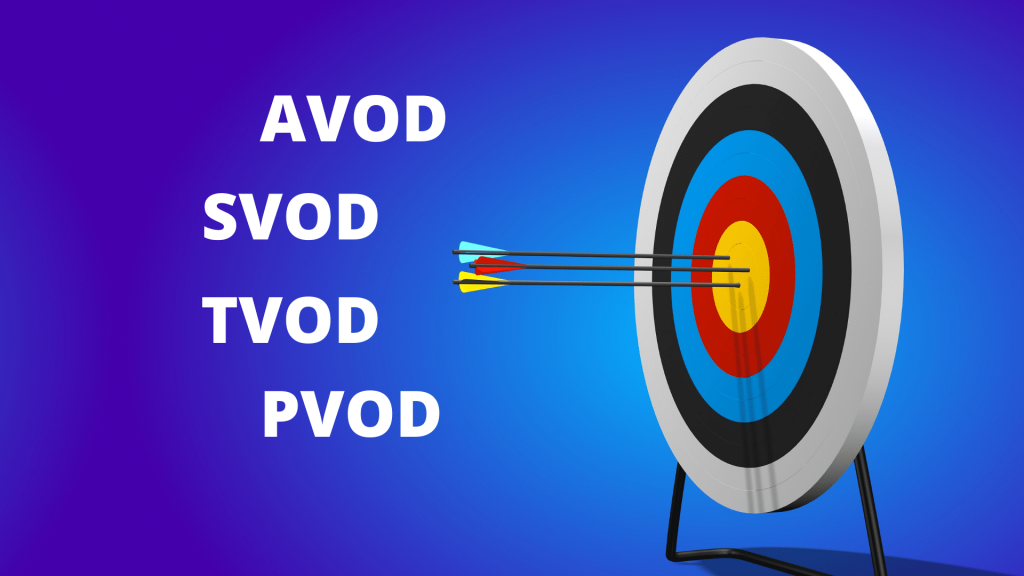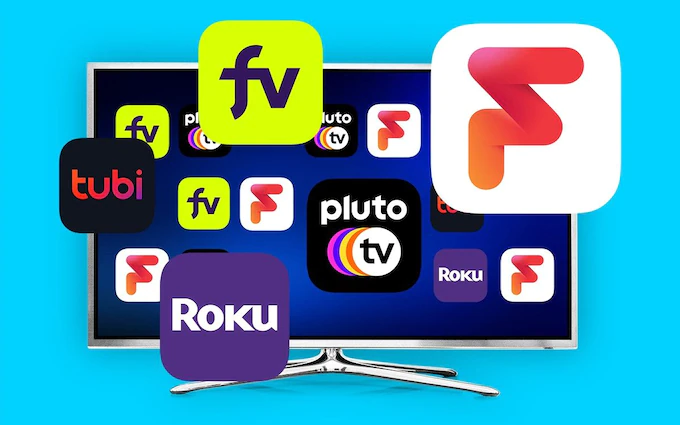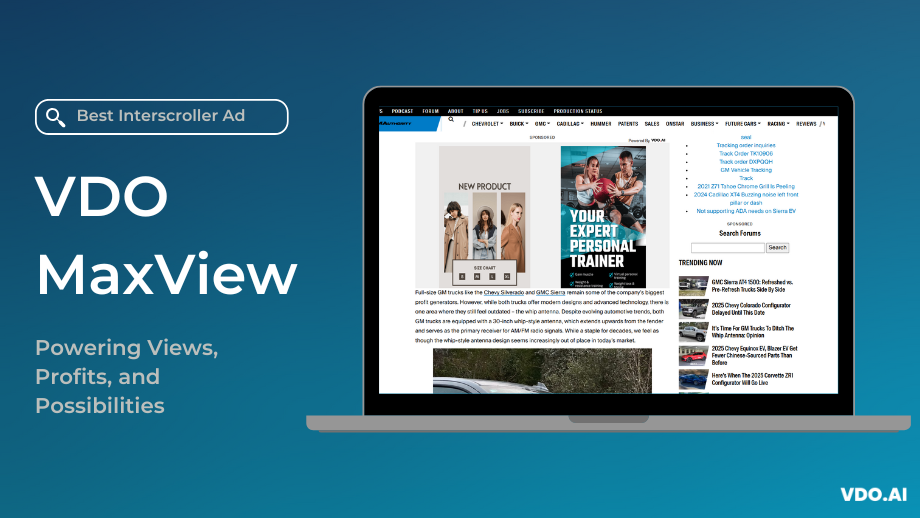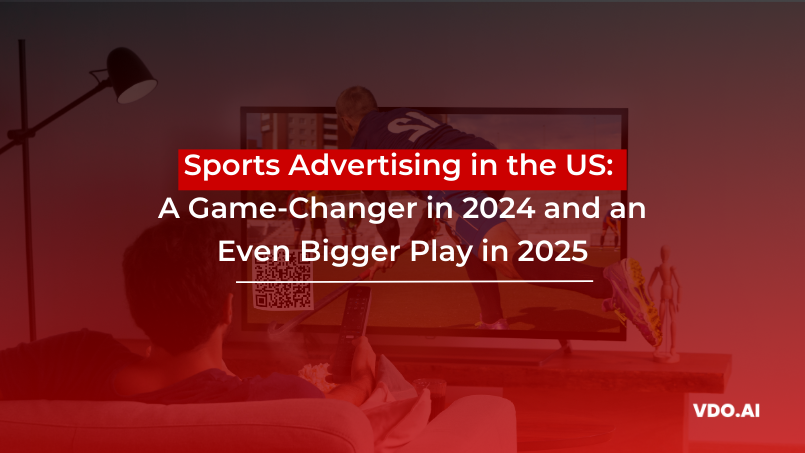FAST Emerges as a Game-Changer in Streaming Advertising
Reading Time: 4 minutesIn the past decade, the media and entertainment landscape has undergone a dramatic evolution with the emergence of revolutionary technologies such as Connected TV, Over-the-top television, Ad-supported Video-on-Demand, and Subscription Video-on-Demand, revolutionizing the way we consume and engage with video content.
Nowadays, consumers have more places to watch their favorite TV content than ever before. One of the newest platforms on which they are watching is free ad-supported streaming television or FAST. It is a type of over-the-top (OTT) platform. FAST platforms such as Pluto, Tubi, Xumo, and others are available to consumers. In the US, the number of FAST platform users increased by up to 48 percent.
FAST as a Complement to Traditional TV
FAST platforms combine linear or traditional TV with OTT in a streaming format. Unlike OTT platforms, the contents are organized into channels, over which viewers have no control. In the case of OTT platforms, viewers have to purchase a subscription plan, and in return, they earn the right to create an account where they have to find and select the content that they want to watch.
There is a consumer appeal for FAST channels, as viewers can passively enjoy them without paying a subscription fee. On the other hand, they do not have to pay a cable TV bill every month, which leads advertisers to see FAST channels as the gold standard in advertising.
FAST vs AVOD
AVOD content can be monetized without a subscription plan, as YouTube does. It often creates cheaper ad-supported services like Hulu. FAST channels are pretty much like AVOD. The key difference is, free ad-supported streaming television includes both ad-supported on-demand content and ad-supported regular TV content. Operators leverage programmatic tools and digital insertion technologies (DAI) to monetize FAST. Compared to AVOD, FAST is easier and cheaper. Operators can develop channels for every niche.
Why are Consumers Choosing FAST?
On a FAST channel, people can watch a lot of content without spending a lot of money. They can always have something playing in the background. FAST shifted its focus from a subscription-based model to audience building. In the streaming ecosystem, free ad-supported streaming television reduced subscription fatigue and can be leveraged by offering a pay-per-view option.
Why are Advertisers and Publishers Going FAST?
Worth $4 billion, the US FAST market has a vast landscape with 1400 channels on 22 networks. There are channels for different niches, such as cooking, sci-fi, romantic drama, lifestyle, and many more. There is an existing library from Hell’s Kitchen to Friends, from Top Gear to a channel dedicated to TED Talks.
According to S&P Global Market Intelligence, US FAST ad ROI will hit $9 billion by 2026. The parameter to calculate the total payoff from the free ad-supported streaming television channels is impressions. The publishers are getting paid by click per thousand impressions. Free ad-supported streaming television allows advertisers to run ads dynamically and make them consumer-centric.
However, the parameter is difficult to measure as it may depend on the ad content and the time of the day. Consumers prefer to watch personalized ads and 69% of the consumers are likely to remember the ads if the advertised product is targeted.
In order to run contextual advertisements, both publishers and advertisers can look at the consumers’ profiles to know, what they are planning to buy within the next year in categories like- home, fashion, personal care, automobile, and other. They can also analyze which types of advertisements consumers were interested in, as well as the TV content they were watching.
FAST boosts Inventory Monetization
The advertising payoff on the free ad-supported streaming television channels will continue growing in the upcoming years. Using niche personalized FAST channels, publishers have the chance to gain more consumers in specific niches. With consumer analytics and segmentation, they can boost targeting and ad effectiveness.
Since free ad-supported streaming television can bring together the reach of linear TV programming with a combination of targeted content and advertising. With the right tools for sufficient measurements, publishers can give advertisers narrower niche consumers.
FAST can live up to the traditional advertising business model. When the premium ad inventory is sold out, there is a need for new inventory. In such a scenario, FAST scales up the process of packaging niche consumers for the advertisers, leading to the expansion of linear TV’s ad inventory.
Conclusion
Not too long ago, streaming platforms were gaining popularity for their binge-friendly, on-demand, and ads-free model. However, the recent rise of FAST platforms takes the viewers back to linear, ad-supported, and passive television. The FAST industry is growing exponentially and offers what linear TV has to offer in terms of content and audience. In such a scenario, advertisements on FAST allow ad networks to reach the target consumers while complementing the TV budget.
Through its high-impact ad solutions, VDO.AI helps advertisers reach their potential consumers while providing publishers with lucrative monetization strategies.
Connect with us here to start leveraging our innovative AI-driven solutions and multidimensional targeting capabilities.





